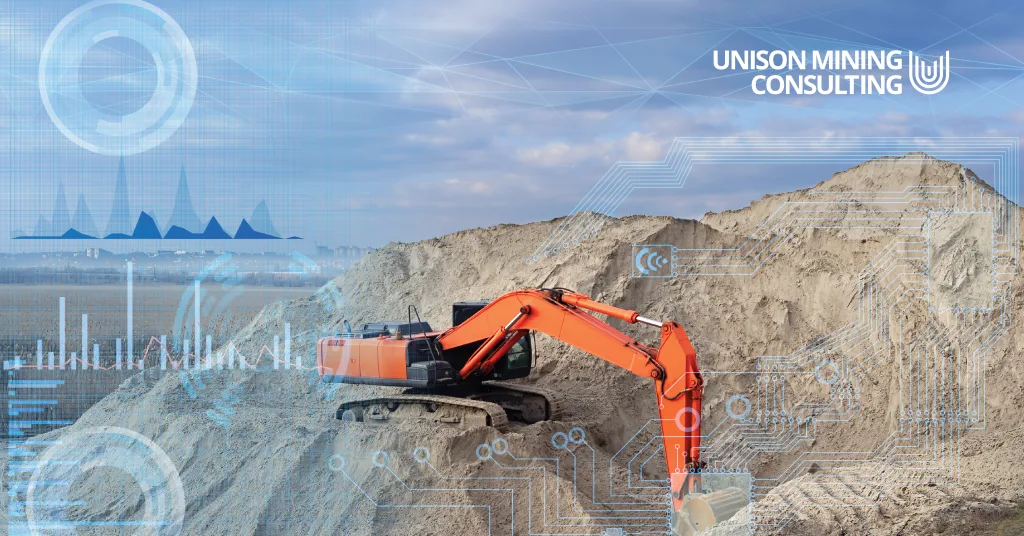Effectively supervising the daily tasks of remote mines and adherence to operation plans can be a challenge for international companies with mining executives based abroad. A lack of visibility of on-the-ground activities can cause performance management to be ineffective when processes do not provide executives with the full picture. Ensuring that daily targets and responsibilities are being met by local teams and supervisors on-site requires communication and reporting systems to be built into existing processes and systems of the organization for seamless oversight.
By embedding the necessary systems, processes and incentives within staff’s day-to-day tasks, active supervision, planning, reporting, reviewing and making corrective actions can be facilitated more easily. Additionally, by clarifying roles and responsibilities and incentivizing employees through strategic KPIs, mining teams can foster a performance culture of continuous improvement.
Clarified roles, responsibilities and organizational design
Prior to ensuring performance management and monitoring of daily tasks is being executed efficiently, management teams may benefit from updates in organizational design. For instance, if there are redundancies in duties or overlaps of responsibilities across multiple roles, these should be eliminated to ensure operational efficiency.
Daily observations and interviews with staff can be carried out to determine what an employee’s typical day entails. Should there be clarifications needed or distinctions between roles and departments to eliminate overlaps, changes can be made during the initial stages of the change initiative. Once roles are clarified and employees better understand their individual roles and impact within the larger organization, they are more likely to stay motivated and perform at a higher level.
Optimize span of control for better management and supervision
Determining the optimal span of control for teams on site can also enhance mine performance over time. By determining the number of managers corresponding to workers on-site that allows the highest level of efficiency, supervision and performance management can be enhanced.
When the span of control is too wide, with too many employees being managed by one team lead or manager, his or her ability to oversee operations may be compromised. Meanwhile a span of control that is too narrow may also be a waste of resources and costly, with more managers than necessary tasked to supervise staff for relatively low levels of output. Hence, a balance needs to be struck between the two for teams to perform at their best.
Align performance incentives with daily responsibilities for sustainable change
Once roles and responsibilities have been clearly defined for employees, KPIs and incentives can be strategically communicated to motivate employees. Using systems and reporting tools such as performance dashboards, Management Control Systems, and weekly reports can ensure that performance is tracked sustainably over time, with performance monitored at regular intervals. Additionally, high performers should be regularly rewarded and acknowledged to create a motivating environment where continuous improvement is recognized.
At Unison Mining, we understand the importance of behavioral change and creating a culture of continuous improvement within organizations to drive high performance. We can work with your teams to ensure that the necessary systems, processes and KPIs are strategically developed to motivate employees sustainably over time, and we facilitate the training needed to adapt to new ways of working.

















